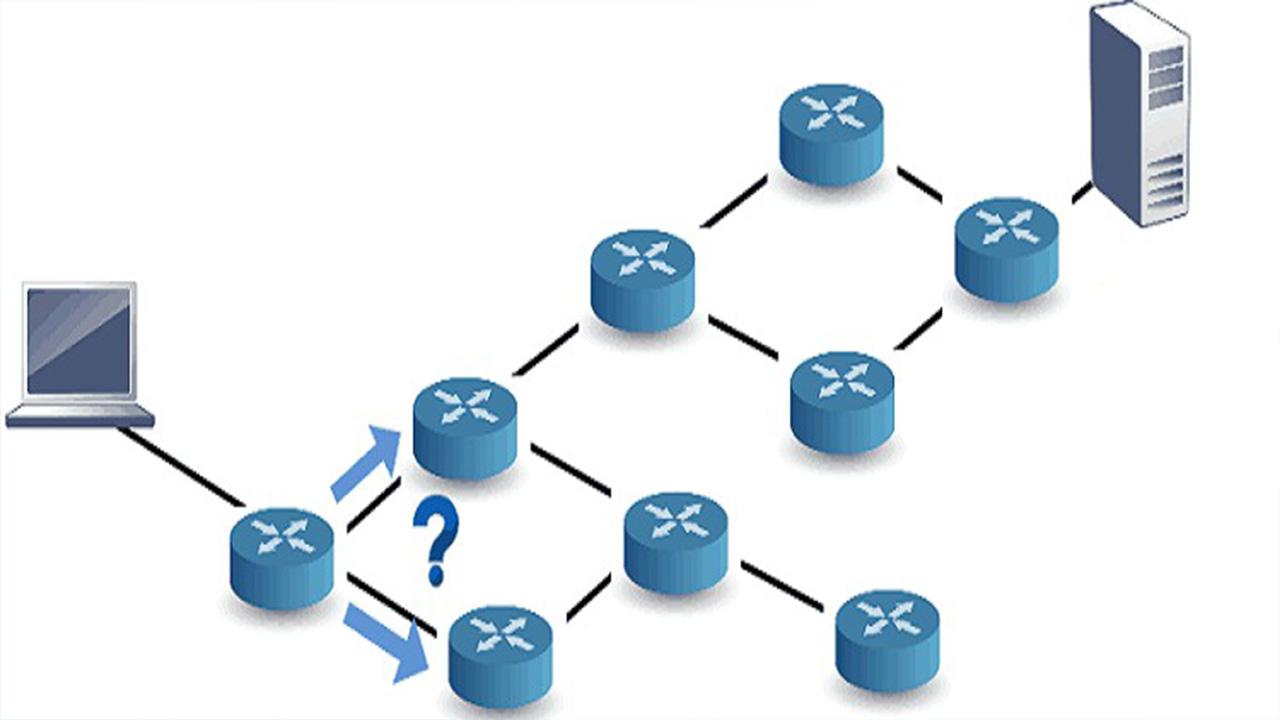IPv4 and IPv6 Static Routing by Arash Deljoo
IPv4 and IPv6 Static Routing by Arash Deljoo
Concept and Configuration. You Can Learn Windows Servers Network and System Administration
How To Download Course With Smartphone
What you’ll learn
- IPv4 Static Routing Concept and Configuration
- IPv4 Static Default Route
- Static Routing Load Balancing and Fault Tolerance
- Static Host Route
- Static Routing Performance
- IPv6 Static Routing Concept and Configuration
- IPv6 Static Default Route
Requirements
- You need to know about Cisco IOS Command Line Interface (CLI) configuration and routing fundamentals .
- You can implement all of the scenarios in GNS3 or EVE-NG.
Description
Static routing is a form of routing that occurs when a router uses a manually-configured routing entry, rather than information from dynamic routing traffic. In many cases, static routes are manually configured by a network administrator by adding in entries into a routing table, though this may not always be the case. Unlike dynamic routing, static routes are fixed and do not change if the network is changed or reconfigured. Static routing and dynamic routing are not mutually exclusive. Both dynamic routing and static routing are usually used on a router to maximise routing efficiency and to provide backups in case dynamic routing information fails to be exchanged. Static routing can also be used in stub networks, or to provide a gateway of last resort.
Static routing may have the following uses:
- Static routing can be used to define an exit point from a router when no other routes are available or necessary. This is called a default route.
- Static routing can be used for small networks that require only one or two routes. This is often more efficient since a link is not being wasted by exchanging dynamic routing information.
- Static routing is often used as a complement to dynamic routing to provide a failsafe backup if a dynamic route is unavailable.
- Static routing is often used to help transfer routing information from one routing protocol to another (routing redistribution). You Can Learn Udemy – CompTIA Network+ N10-008 Full Course
Who this course is for:
- Network Engineers
- Service Provider Engineers
Download Problem Msg Our telegram & Facebook group Or Comment Us
How to Download Our Course With Desktop









